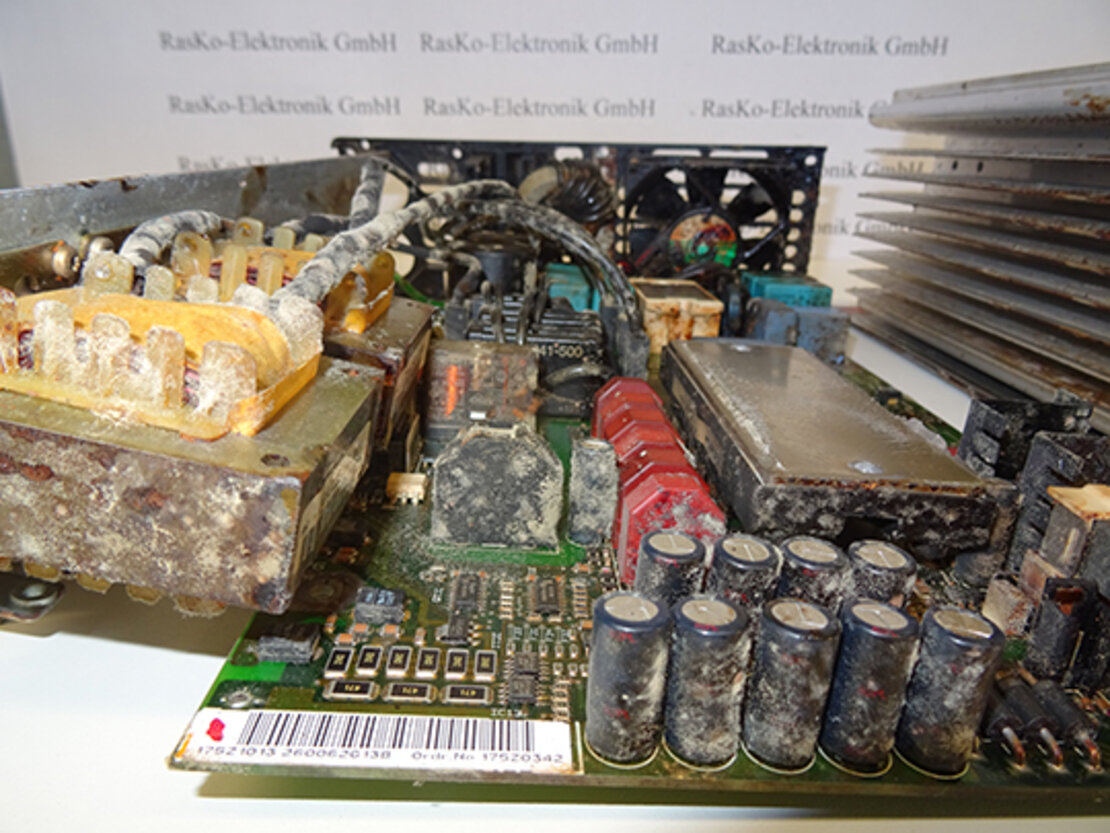
Unlike traditional methods that rely on fixed-speed motors, inverters offer adjustable speed control, leading to significant energy savings, quieter operations, and increased lifespan of electrical devices. This Frequenzumrichter Danfoss SEW Lenze Siemens reparieren lassen impact spans across numerous applications, from household appliances to industrial machinery, making it a cornerstone of modern electrical systems.
Understanding Inverter Technology
At its core, an inverter is an electronic device that converts direct current (DC) into alternating current (AC). It utilizes sophisticated semiconductor components, such as insulated gate bipolar transistors (IGBTs) or metal-oxide-semiconductor field-effect transistors (MOSFETs), to regulate the flow and frequency of electricity. The main purpose of an inverter is to adjust the voltage, frequency, and waveform of the electrical output to match specific requirements.
Applications in Various Sectors
Residential Use
Inverters have become an integral part of household electronics, particularly in modern HVAC (heating, ventilation, and air conditioning) systems. Air conditioning units equipped with inverter technology adjust the compressor’s speed based on the cooling demands, resulting in more consistent temperatures, quieter operation, and reduced energy consumption compared to conventional systems.
Renewable Energy
The growth of solar photovoltaic (PV) systems has been greatly facilitated by inverter technology. Solar panels produce DC electricity, and inverters convert this into usable AC power for homes or the grid. Furthermore, advanced inverters can maximize energy harvesting by optimizing the conversion process, ensuring efficient utilization of solar-generated power.